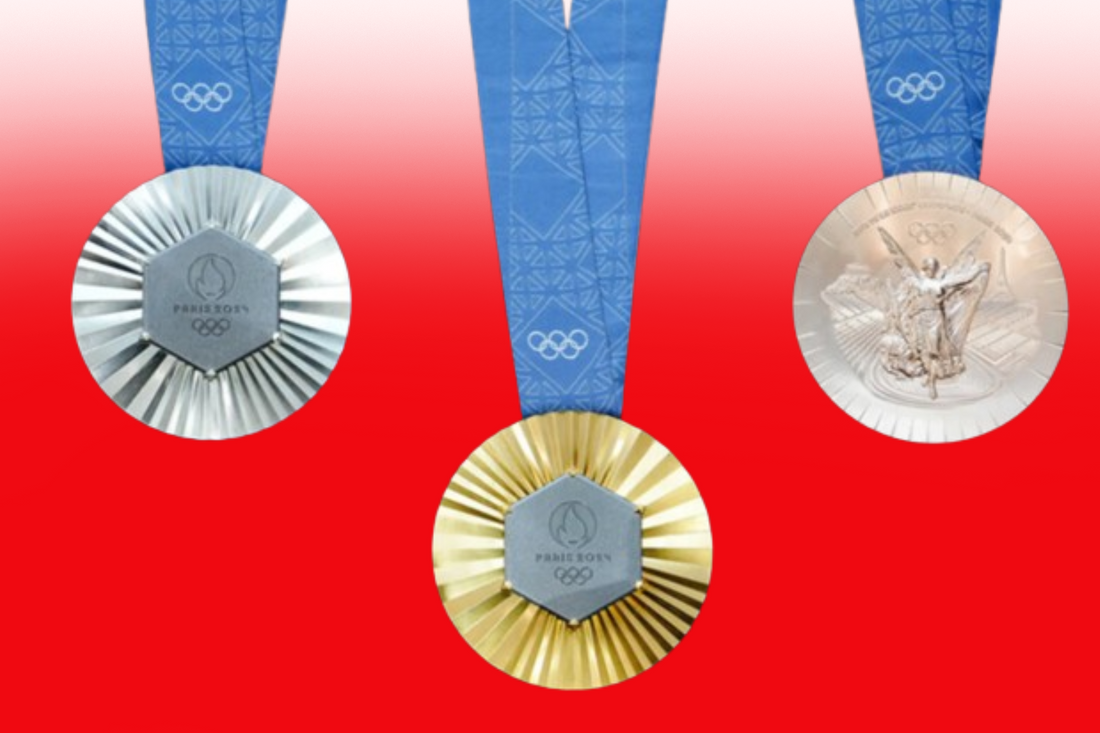
Are Olympic Gold Medals Solid Gold?
By Jayson Panganiban April 04, 2024 12:52
The Olympic Games, the pinnacle of athletic competition, culminates with the awarding of gold, silver, and bronze medals to the triumphant athletes.
Among these, the gold medal holds a special significance, symbolizing the highest achievement in sports. However, the question arises: are Olympic gold medals truly made of solid gold?
History and Significance of Olympic Gold Medals
The tradition of awarding gold medals to Olympic champions dates back to the first modern Olympic Games in 1896.
The concept of awarding gold, silver, and bronze medals was inspired by the ancient Olympic Games, where the winners were crowned with olive wreaths.
Over time, the gold medal has come to symbolize excellence, achievement, and the pinnacle of athletic success, making it a coveted prize for athletes around the world.
Composition of Olympic Gold Medals
Solid Gold or Not?
Contrary to popular belief, Olympic gold medals are not made entirely of solid gold. In fact, the last time pure gold medals were awarded was at the 1912 Stockholm Olympics.
Today, the gold medals awarded at the Olympics are predominantly composed of silver, with a gold plating.
The International Olympic Committee (IOC) stipulates that gold medals must be made up of at least 92.5% silver and must contain a minimum of 6 grams of gold.
Silver Core with Gold Plating
The process of creating Olympic gold medals typically involves crafting a core using silver, which is then plated with a thin layer of gold.
This method allows the medals to maintain their prestigious appearance while ensuring they remain durable and more affordable to produce.
Regulations and Standards
The composition and design of Olympic medals are regulated by the IOC. The IOC sets strict guidelines regarding the size, weight, and materials used in the production of the medals.
These regulations ensure consistency and quality across all Olympic Games, regardless of the host city or country.
Notable Exceptions and Variations
While the standard composition of Olympic gold medals is well-defined, there have been notable exceptions and variations over the years.
Unique Designs and Features
Host cities often incorporate unique designs and features into the medals to reflect their cultural heritage and the spirit of the Games.
For instance, the 2000 Sydney Olympics featured medals with a wavy design, representing the energy of athletes and the athletic spirit.
The 2010 Vancouver Winter Olympics medals contained indigenous artwork, showcasing Canada's cultural diversity.
Special Commemorative Editions
In some cases, special commemorative editions of gold medals have been produced to mark significant milestones, such as the 100th anniversary of the modern Olympics.
These editions may have unique designs, additional engravings, or special materials, making them highly sought after by collectors and sports enthusiasts.
To conclude, Olympic gold medals, while symbolizing the pinnacle of athletic achievement, are not actually made entirely of solid gold.
Instead, they are predominantly composed of silver with a gold plating, in accordance with the regulations set by the International Olympic Committee.
The history, significance, regulations, and variations of Olympic gold medals collectively contribute to their enduring allure and value, both to the athletes who strive to earn them and to the millions who are captivated by the spirit of the Olympic Games.


































































